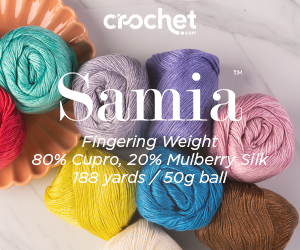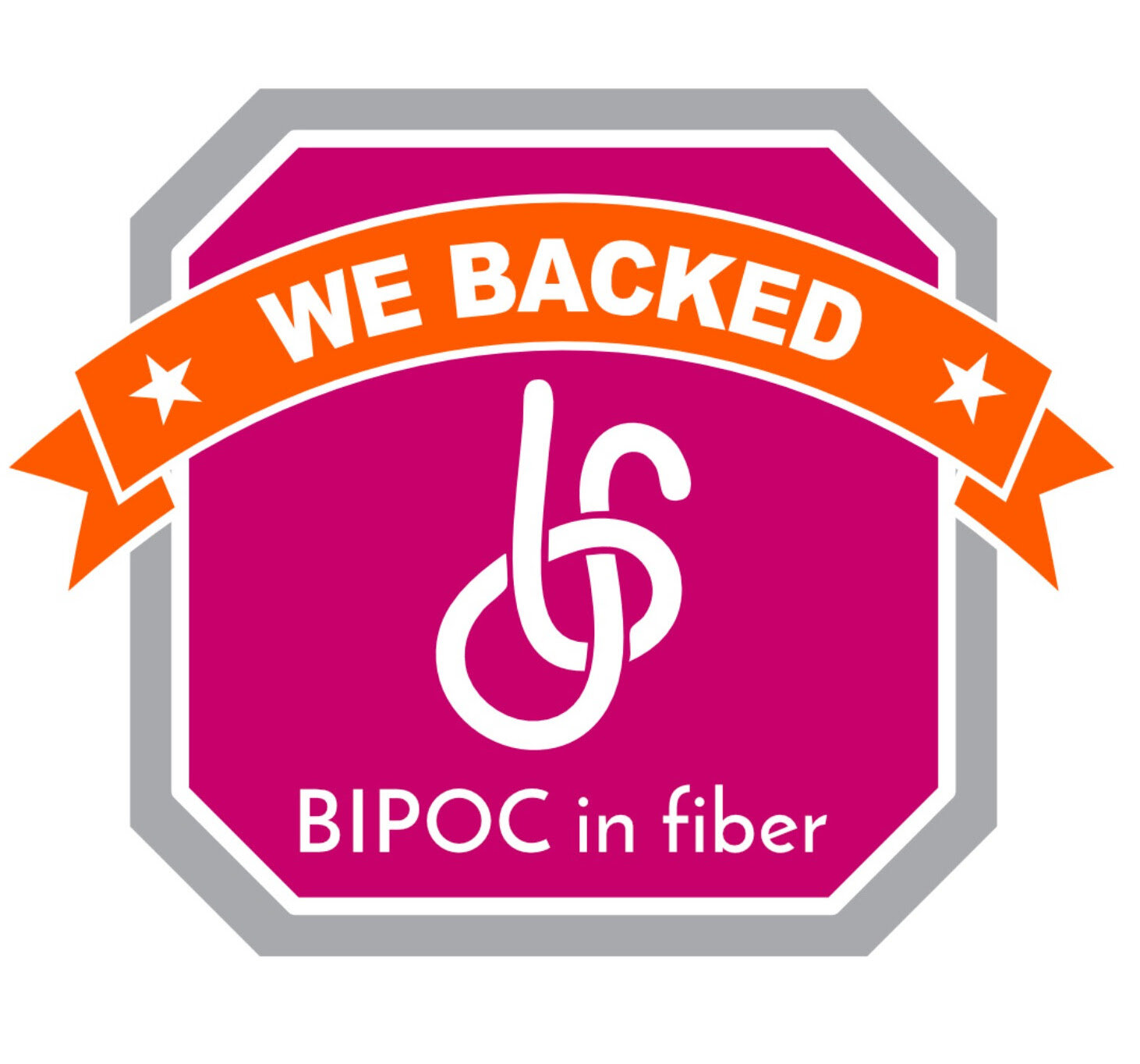Social Media: Not All Platforms Are Equal
/Social Media has become a necessary tool for success. It is a gateway to the world for small independent business. It is a way to not only grow customers but also grow within the artisan or small business community. You can connect with service providers, fellow artists for collaborations, people who inspire you and so many others. The opportunity to connect is endless. But where do you start?
I think that many of the nuances available for social media to be a tool for success are missed because as a whole it is overwhelming. I get that.
In the Stitch & Hustle Social Media Series we will explore social media and how to make it work FOR you! How you can use social media to grow your brand and yourself.
The first step is to realize that not all social media platforms are created equal. This is an extremely vital factor in social media success. The term “social media” is broad. To truly be successful you need to look at each platform as it’s own branch of social media and plan a strategy for each independently.
Of course, you can be lazy and lump them all together but you will be missing opportunities for success if you are not tailoring your approach and message for each platform.
Customers are smart. They know when they are being bombarded or your content is just posted without specific intent. Want an example?
If I post on Instagram, then hit the “share” to Facebook, Tumblr & Twitter option, the EXACT same piece of content is being posted to all four audiences. This has a few negative effects but here are the big ones:
- People who see your content, the SAME content, on multiple channels may start to ignore you or even unfollow you. They do not need to be bombarded with the same content every place they go.
- There is a good chance your content isn’t relevant in all places. (we will dive into relevancy later in the series). Twitter is real time. It moves fast. Facebook algorithm gives you more opportunities to be seen based on what is relevant to your audience. Currently Instagram is chronological but they too are switching to an algorithm based on audience activity. So your same piece of content is not relevant everywhere! That is ESSENTIAL to understand.
Yes, people do this. Yes I do this on occasion. But it should be done at minimum if at all and not with everything you share. For me, I do it when I know I have content relevant on multiple platforms. I may edit the post and tailor the language for each platform as well.
Where you share your content is just as important as whom you are aiming your content at and whom you are targeting. They are intertwined.
For this post, I will just look at what I call the big 3: Twitter, Facebook, Instagram.
Of course there are basic generalizations about each platform. But to develop a strategy for success, it is important to drill down further into each one and what they offer. You may in fact find some platforms aren’t for you at all. So drilling down into each platform is important to help you know where to focus and where to spend both time and money.
Statistics change often so you can only go by the best information available and then implement best practices. One statistic that seems to be consistent is age. Facebook audience is generally older users. Twitter & IG have a younger base. Why does this matter?
Well – if you put emoji everywhere (like I do) that may not go over as well on Facebook. Or while you can get away with a quick one liner or sarcastic quip on Twitter, that probably won’t get the same response on Facebook. Knowing your audience and platform will help you tailor your campaign and ultimately reach more of the RIGHT people. And more of the RIGHT people is the ball game. Not just more people.
Another big difference is that while Twitter operates primarily in a world of anonymity, Facebook and IG are platforms where people get a bit more personal. It may be via people you actually “know” in person, or people who share like interests and are in shared groups.
Twitter and IG are more “global” communities where as you will likely find Facebook audiences to be closer to home. It is also important to keep this in mind in the content you are creating to share. What plays well to your local audience may not hit the mark globally. This goes back to what I said earlier about sharing the same content everywhere may yield fewer results.
It is important to factor all of this and more when creating your campaigns. For example, if you do not ship worldwide, Facebook may be where you place more focus. And vice versa – if you are intentionally trying to grow globally you may focus more on IG and Twitter.
But the bottom line is that the better you can know your audience and understand the platform they use, the better chance you have for a successful campaign.
Where to begin?
Start by listening. Go to your Twitter, Instagram, and Facebook pages and see what your audience is interested in. See what they are talking about. Learn their concerns and what they like. Is it the same on all platforms?
Any successful campaign starts with listening. And the best way to understand how to best use each platform is to listen to your audience who is already there. Talk to them, Comment on their posts, interact. Get to know your audience. You may even find that your audience or target audience isn't where you thought they would be! Drill down to all platforms.
You will find they are different on each platform and then you have started the journey to successful social media.
We will dive into each platform over this series and tips and tools for each as well as general social media best practices. If you have specific questions please use the contact form to ask. We will get it covered for you. And share below in comments what platforms you use, what your favorite Social Media Platform is and why. Would love to get to know what you are all using.




















